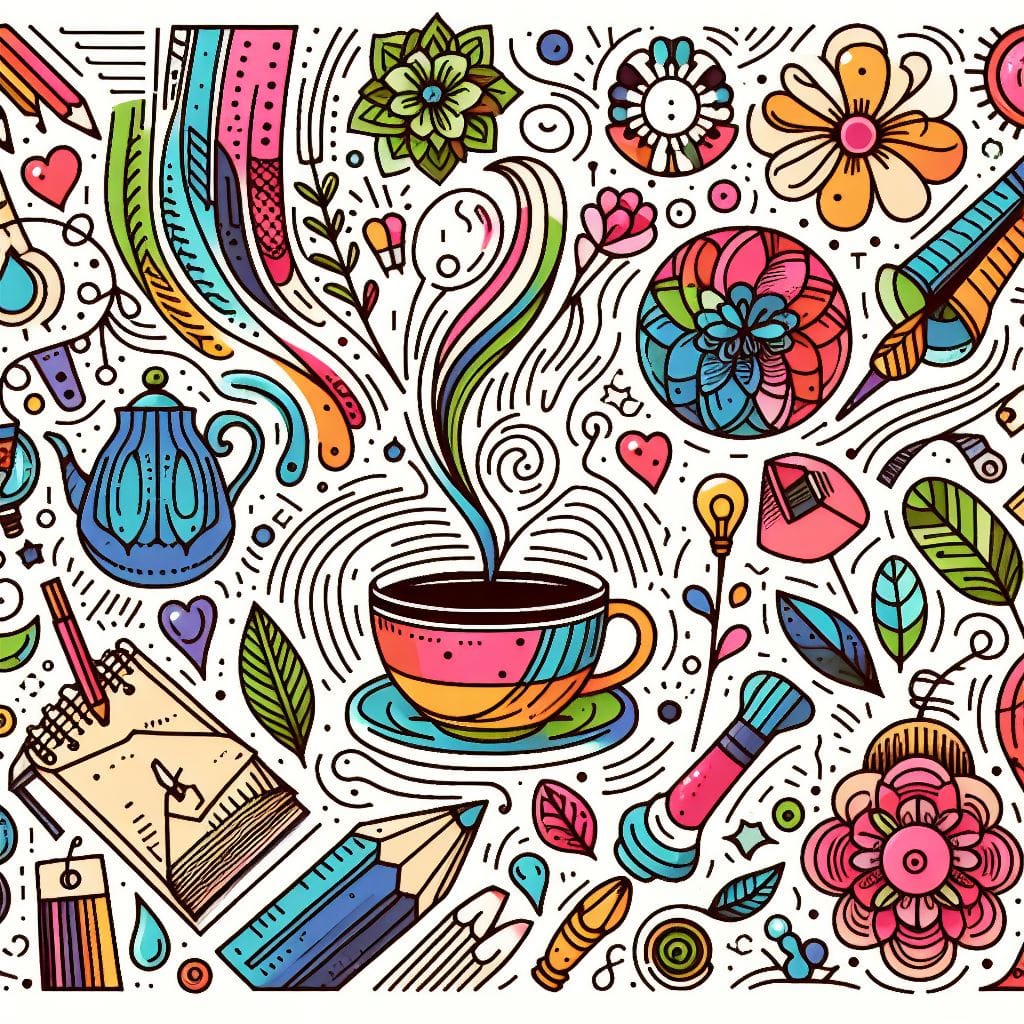The Art of Crafting Effective Prompts: Lessons from Making a Cup of Tea

Many years ago in one of my mock English writing exam papers, one of the questions was writing instructions on how to make a cup of tea. At first glance, it seems like a simple task: turn the kettle on, pop a tea bag in the cup, pour the boiling water in, and add milk to taste (minimal). However, as I delved deeper into the process, I realised that there are many more sub-steps involved than I initially wrote down.
Before even turning the kettle on, you need to check the water level. If water is needed, you turn the tap on, open the kettle, and fill it to the appropriate level. This seemingly minor detail is crucial to the entire process, as it ensures that you have the right amount of water for your perfect cup of tea. The same principle applies when crafting prompts for AI-powered tools like ChatGPT or other language models.
When working with AI, it's easy to fall into the trap of providing overly simplistic prompts, such as "review this NDA." While the AI may generate a response, it likely won't be as comprehensive or accurate as it could be. Instead, by breaking down the task into more granular sub-steps and providing additional context, you can guide the AI to produce a more valuable output.
For example, instead of simply asking the AI to review an NDA, consider providing a prompt that outlines the specific aspects you want the AI to focus on, such as: "Please review this NDA, paying close attention to the clauses related to confidentiality, non-compete, and intellectual property rights. Highlight any potential issues or areas that may need further clarification, and suggest alternative wording where appropriate." By offering a more detailed and structured prompt, you're more likely to receive a thorough and relevant response from the AI.
Crafting effective prompts for AI is much like making a perfect cup of tea—it requires attention to detail and a willingness to break down the process into its constituent parts. By investing time and effort into creating well-structured, context-rich prompts, you can unlock the full potential of AI-powered tools and achieve better results in your work. So, the next time you find yourself working with an AI, remember the lessons from making a cup of tea and take the time to craft a prompt that will yield the best possible outcome.